Rescue Prairie Grass Info: What Is Prairie Grass Used For?
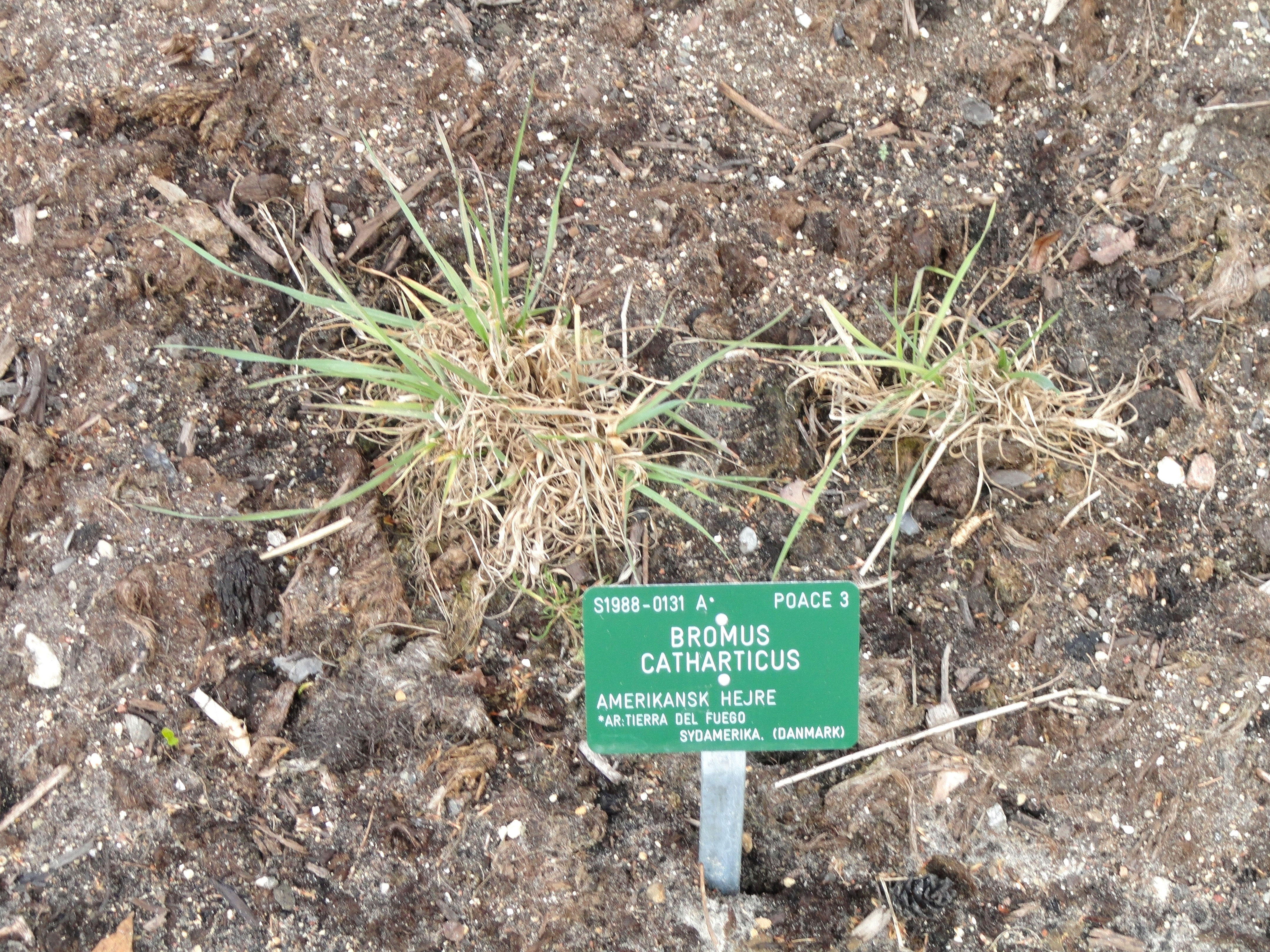
For those looking for a good cover crop or livestock forage, Bromus prairie grass may be just what you need. Let's learn more about what is prairie grass used for and how to plant prairie grass seed.
What is Prairie Grass?
Prairie bromegrass (Bromus willdenowii) is native to South America and has been in the United States for about 150 years. It's also known as Bromus prairie grass, rescue grass, and matua. Found mainly along roadsides, hay meadows, or in pastures, this grass is a cool-season bunchgrass that matures at about 2 to 3 feet (0.5 to 1 m.) in height. Although this grass is a perennial, it acts as an annual in parts of the southeast United States.
Prairie Grass Identification
This grass appears much like orchardgrass but has densely covered basal leaf sheaths with light hairs and a shorter ligule. The leaves are rolled in the bud and a light green color. Prairie grass seed heads are produced all through the growing season.
What is Prairie Grass Used For?
The most common use of prairie grass is as a crop extender during cool times of the year, such as early spring and late fall. Because of its dense nutrient composition, it is a nutritious and very cost-effective livestock forage. Cattle, horses, sheep, goats, and various wildlife enjoy munching on this tasty grass, which is often included in pasture mixtures with fescue, Bermuda grass, and orchardgrass.
Growing and Managing Prairie Grass
Prairie grass seed isn't competitive, so it's best planted with other cool-season grasses. It does, however, combine well with alfalfa. Soil should be fertile and medium-coarse for best results. This grass will tolerate drought but not flooding and requires adequate drainage. Prairie grass likes high nitrogen and a soil pH around 6 to 7. Care must be taken not to plant the seed too deeply or there will be germination problems. The best planting times in the southeast are between the middle of August and the end of September.
Gardening tips, videos, info and more delivered right to your inbox!
Sign up for the Gardening Know How newsletter today and receive a free copy of our e-book "How to Grow Delicious Tomatoes".
-
 Looking For Plants To Give You The Soft And Fuzzies? Try These 5 Fuzzy Leaf Plant Options
Looking For Plants To Give You The Soft And Fuzzies? Try These 5 Fuzzy Leaf Plant OptionsLovers of texture, drama, silver foliage and tactile plants will adore these special sensory garden additions. These fuzzy leaf plant options will leave you all aglow
By Susan Albert
-
 Get Ready For A Summer Of Hummers! Grow These Full Sun Hummingbird Plants and Flowers
Get Ready For A Summer Of Hummers! Grow These Full Sun Hummingbird Plants and FlowersIf you’re lucky enough to enjoy a sunny backyard, make sure you are maxing out on your pollinator opportunities and grow these full sun hummingbird plants and flowers
By Tonya Barnett
-
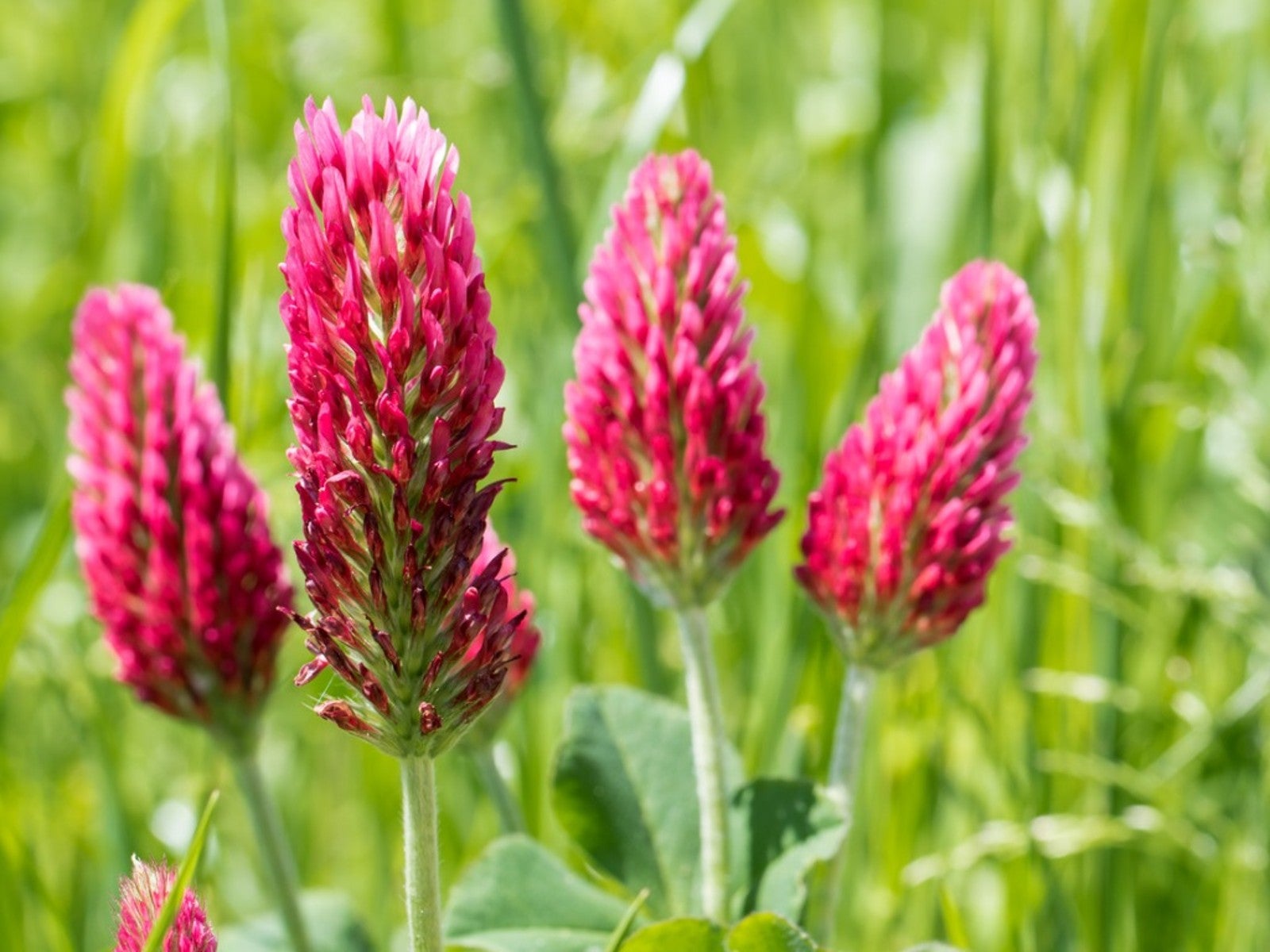 Best Late Summer And Early Fall Cover Crops
Best Late Summer And Early Fall Cover CropsPlanting cover crops is a gift you can give to your garden’s soil. Read on to learn about planting cover crops in late summer.
By Bonnie L. Grant
-
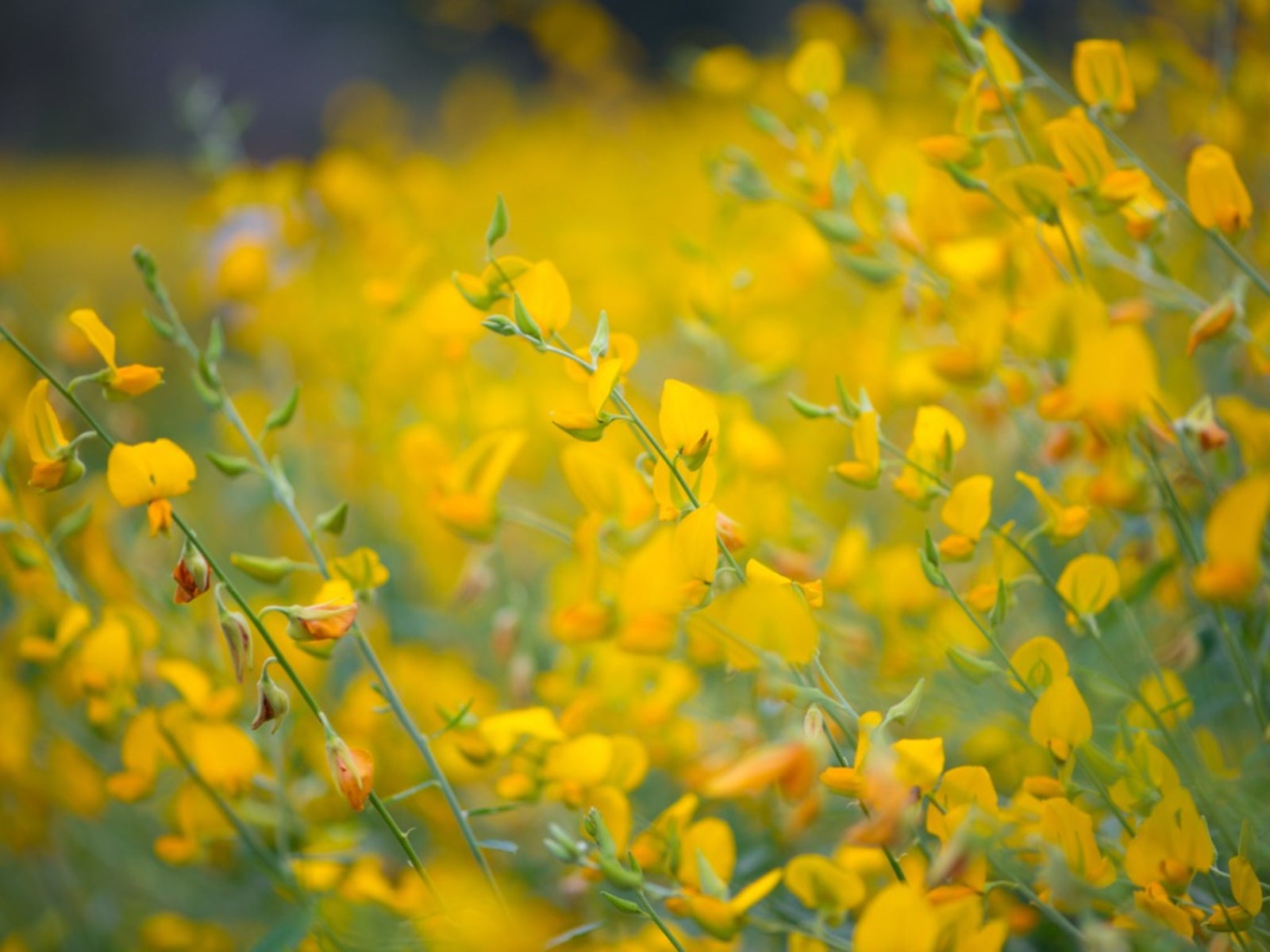 Sunn Hemp Plant Info – Learn Sunn Hemp Uses And Care
Sunn Hemp Plant Info – Learn Sunn Hemp Uses And CareSunn hemp grass is a warm weather grass. Click to learn more about Sunn hemp uses as well as helpful tips on growing Sunn hemp as a cover crop.
By Mary H. Dyer
-
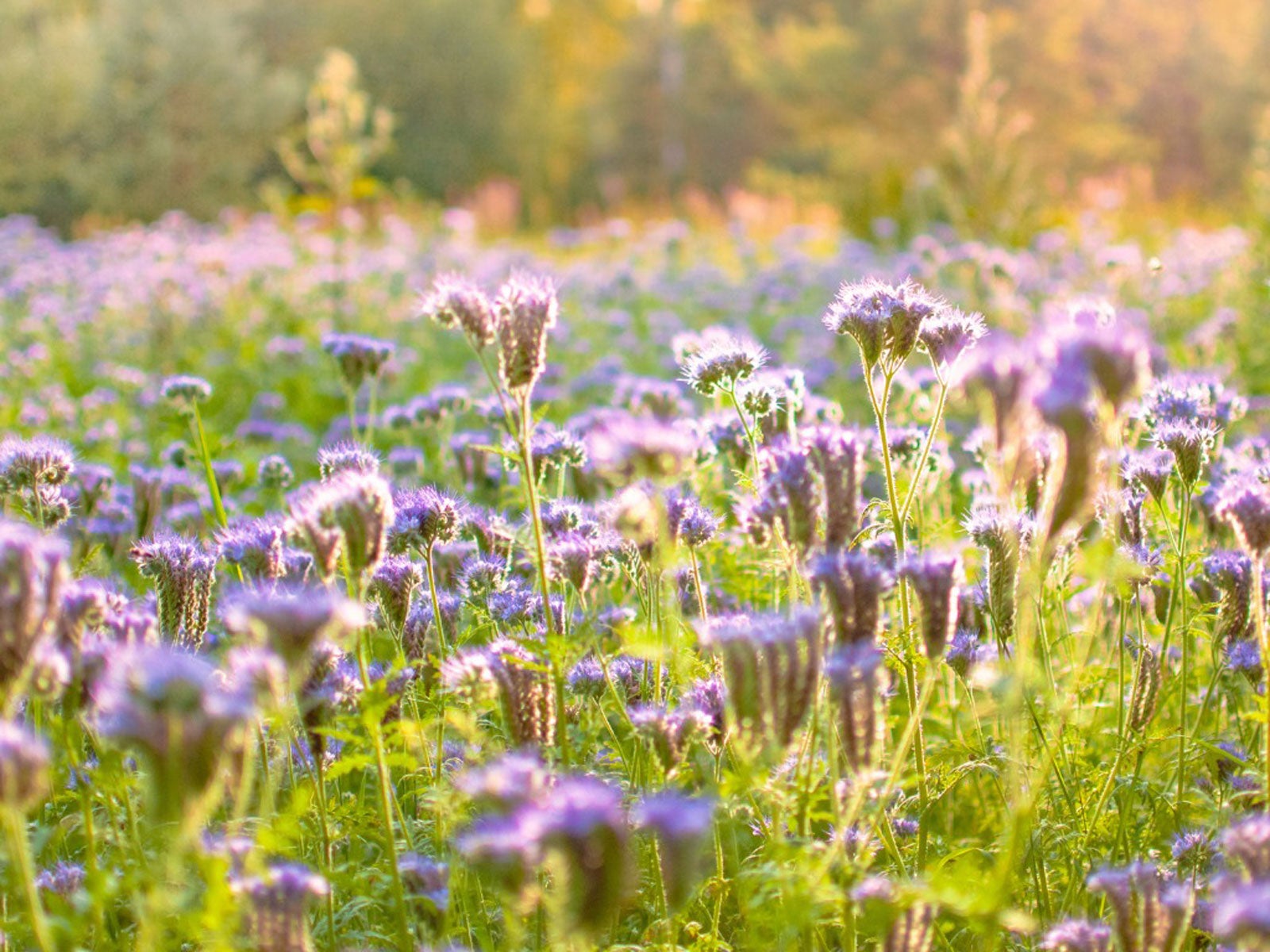 Native Cover Crops: Vegetable Cover Cropping With Native Plants
Native Cover Crops: Vegetable Cover Cropping With Native PlantsAre there any benefits to using native plants as cover crops? Click here to learn more about vegetable cover cropping with native plants.
By Laura Miller
-
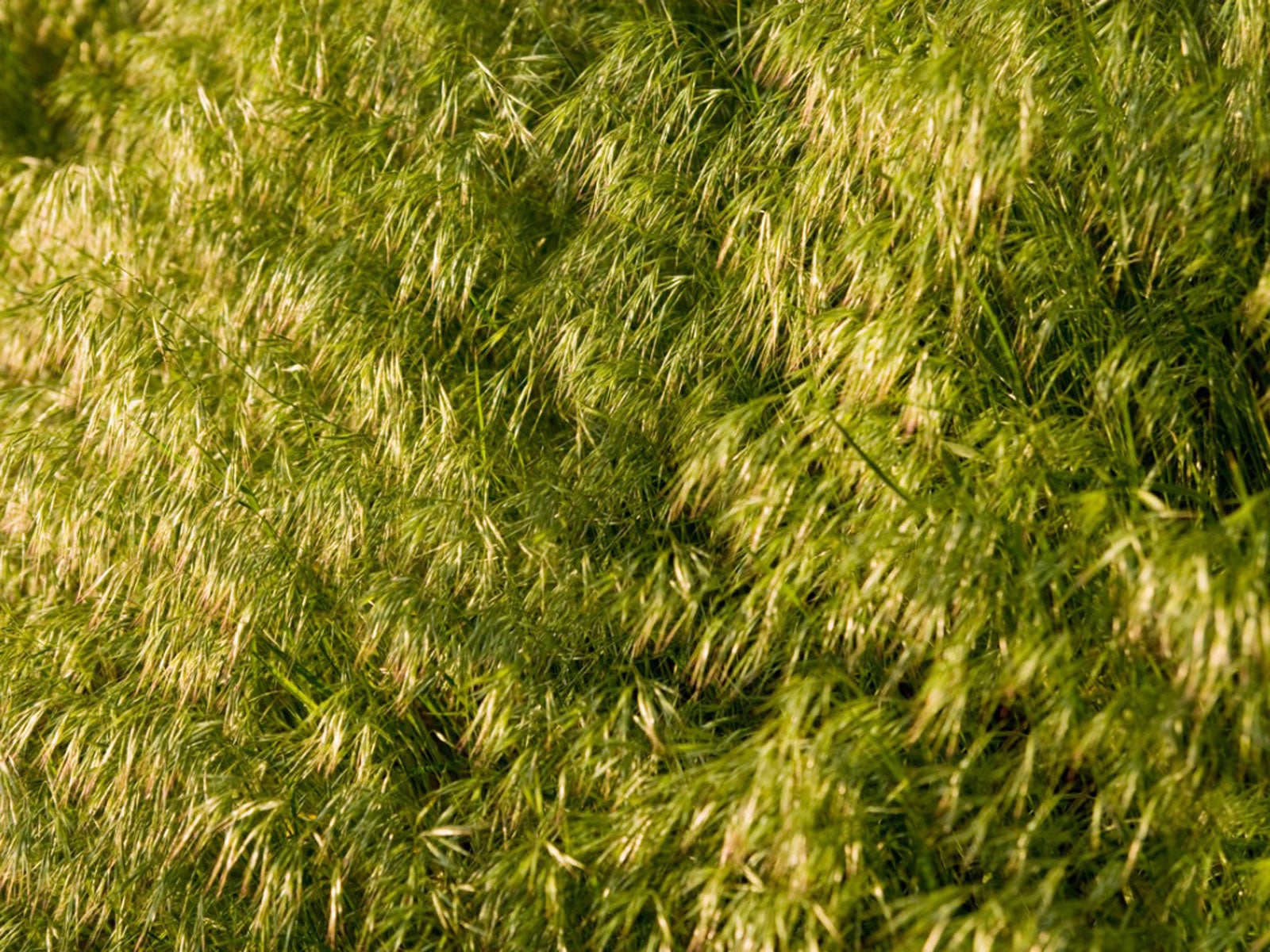 What Is Field Brome – Information About Field Brome Grass
What Is Field Brome – Information About Field Brome GrassField brome grass can be used as a cover crop to control erosion and enrich the soil. For more information, click the following article.
By Laura Miller
-
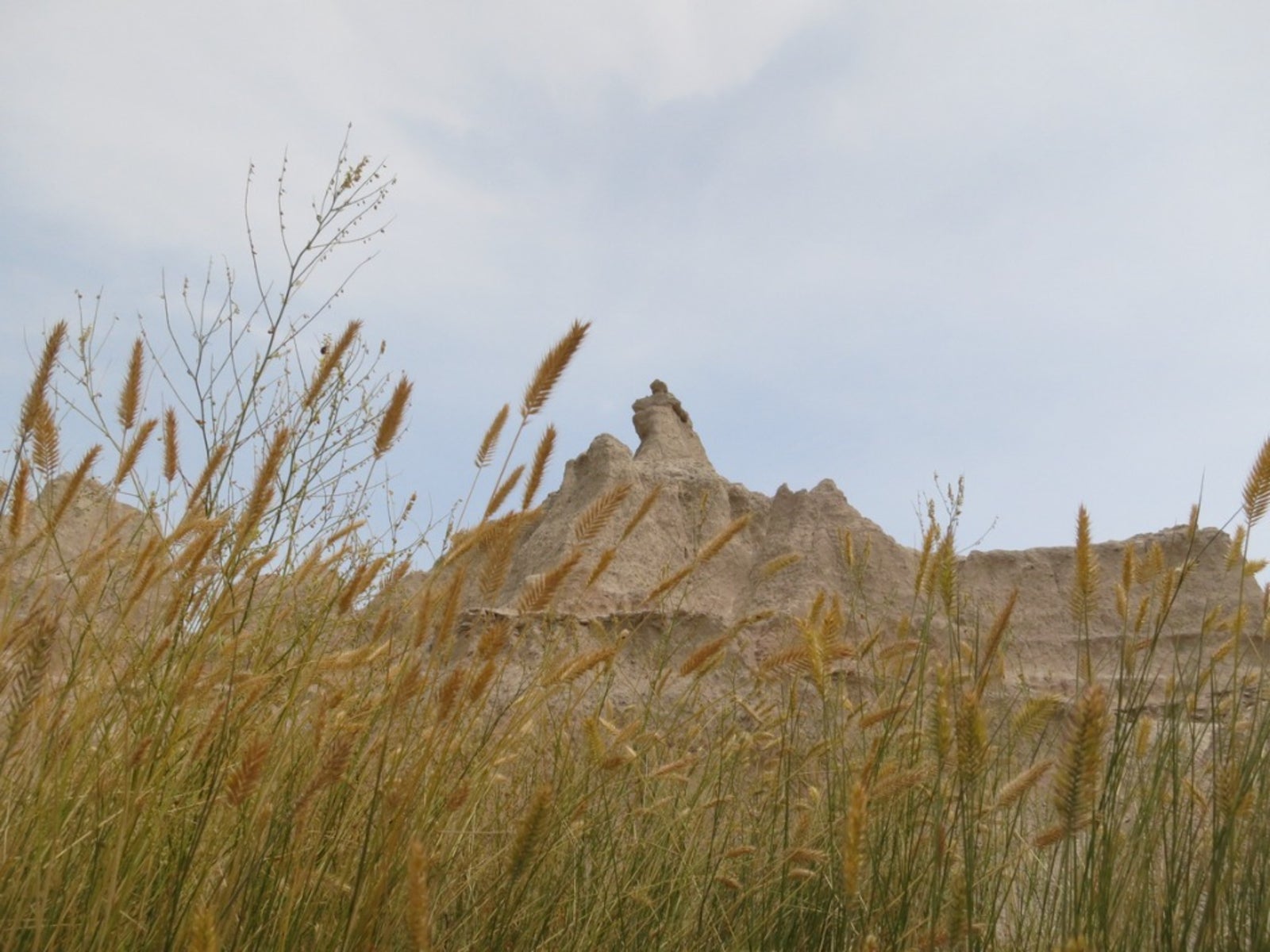 What Is Western Wheatgrass – How To Grow Western Wheatgrass
What Is Western Wheatgrass – How To Grow Western WheatgrassWheatgrass is native to North America and graces the Southwest, Great Plains and mountainous regions of the western U.S. It has some erosion control benefits but using western wheatgrass for grazing is the primary purpose. Learn more about it here.
By Bonnie L. Grant
-
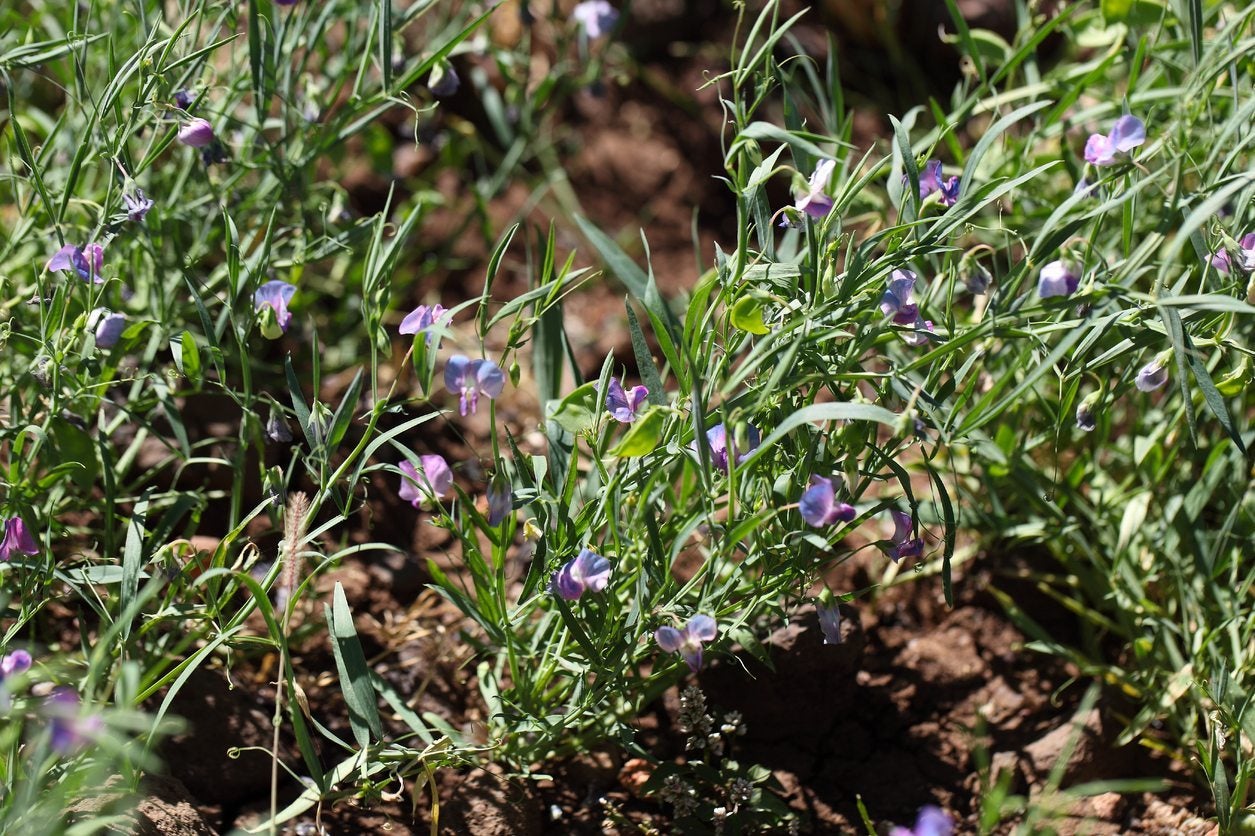 What Is Chickling Vetch – Growing Chickling Vetch For Nitrogen Fixing
What Is Chickling Vetch – Growing Chickling Vetch For Nitrogen FixingWhat is chickling vetch? Also known by various names such as grass pea, white vetch, blue sweet pea, Indian vetch, or Indian pea, chickling vetch is a nutritious legume grown to feed livestock and humans in countries around the world. Learn more about the plant here.
By Mary H. Dyer
-
Establishing Kura Clover: Learn How To Grow Kura Clover Plants
You no doubt have heard about the four-leaf clover, but few gardeners are familiar with kura clover plants. Kura is a forage legume and if you are interested in growing kura as a groundcover or establishing kura clover for some other use, this article will help.
By Teo Spengler
-
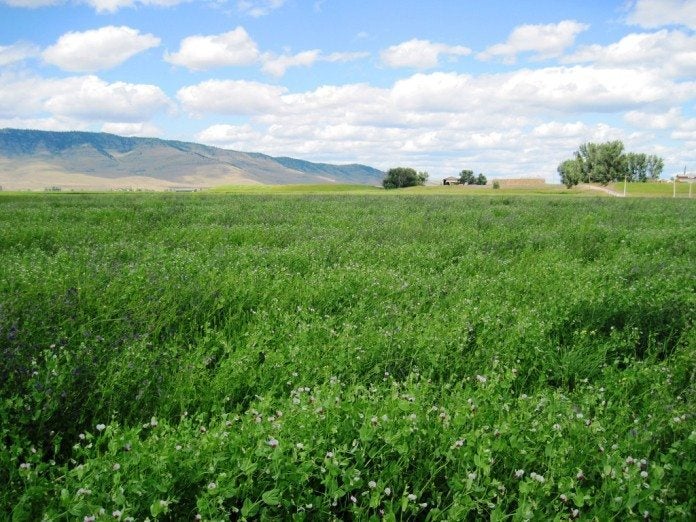 What Are Austrian Winter Peas: A Guide To Growing Austrian Winter Peas
What Are Austrian Winter Peas: A Guide To Growing Austrian Winter PeasWhat are Austrian winter peas? Also known as field peas, Austrian winter peas have been grown around the world for centuries, primarily as a valuable source of nutrition for humans and livestock. Click this article for info on growing Austrian winter peas.
By Mary H. Dyer